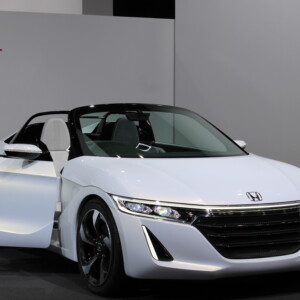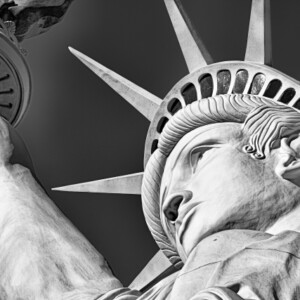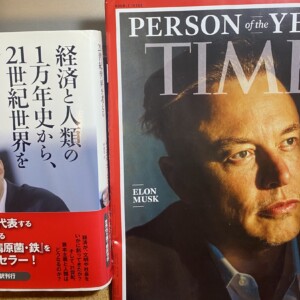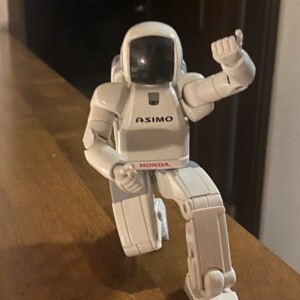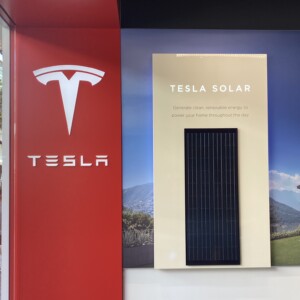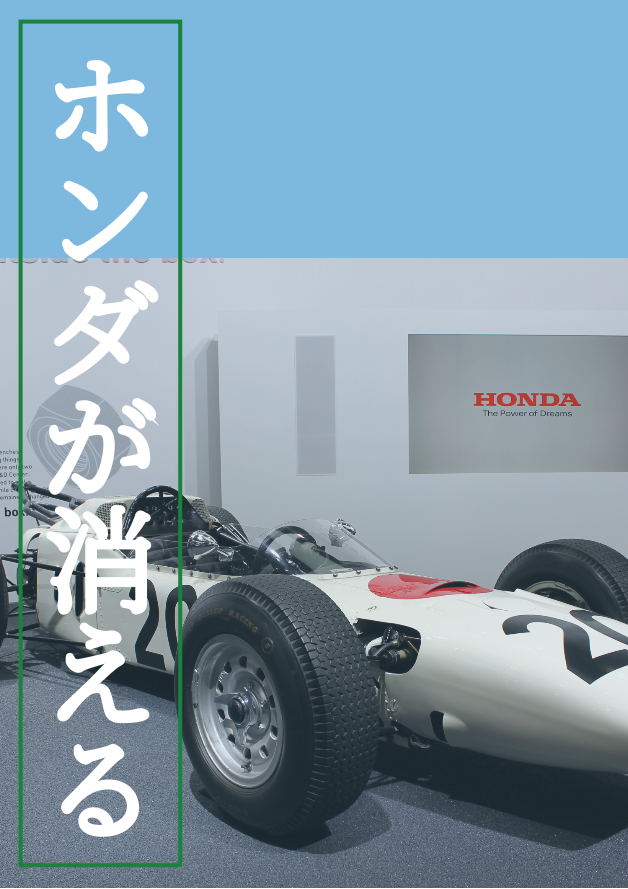
Honda Disapeares Things to Keep and Things to Discard
If Soichiro Honda were still alive, would he like the current Honda? Recently, watching Honda, I have such sentimental thoughts. In Showa year (1946), he opened the Honda Technical Research Institute, and two years later in September of Showa year, he founded Honda Motor Co., Ltd. It was already years ago. Although the founding spirit may have been preserved, the business environment has changed significantly. I understand that a company cannot survive if it is bound by sentimental feelings toward its founder. In fact, Honda has faced severe situations many times.
**Why does Honda continue to exist?**
But, why does Honda continue to exist? It is not Toyota Motor Corporation, nor Tesla. Looking at the past years, I even get the impression that it has been repeatedly making wrong management choices, following in the footsteps of Nissan Motor Co., Ltd. Is Honda a necessary company for Japan, or rather, for the world? Considering the magnitude of Honda’s presence, it is a question I want to ask many people. While reflecting on the memories of covering Honda for years, I will depict a cheerleading song for Honda and the near future of Japanese industries and companies.
I have a small booklet titled “Company History” (Honda Motor Co., Ltd.) in my hand. It was issued on September of Showa year, created in the seventh year since its founding. Incidentally, I was born three weeks before the issuance of the booklet, which gives me a sense of familiarity.
The publisher is Mr. Kenji Yatomi, Deputy General Manager of the General Affairs Department at the headquarters. The foreword starts with, “Just as the shapes of the faces of 2,500 employees are different, so are the thoughts and ideas each holds. However, when it comes to the president’s desire to produce good products at a low cost, everyone is in agreement” (Note: quoted as is, same below).
Following this, it is mentioned that even though they faced the adversity of Showa year, the young company with an average employee tenure of three years and no long history or traditions overcame the crisis because “everyone truly loves Honda and is proud of its products.” The image of the author, Mr. Yatomi, proudly emerges.
**The breath of those days is felt in the seven-year company history**
Each word gives an impression of grandiloquence, but in contrast to the lingering excitement even after seven years since its founding, there is a sense of urgency to overcome severe management conditions. At that time, Honda Technical Research Institute had developed and made a big hit with famous motorcycles like “Cub” and “Dream,” and within seven years, it became the world’s second-largest motorcycle producer.
They began exporting to the United States and considering races in England. They partnered with Daiei, providing technical guidance for the movie “The Dash of Fire,” starring Fujiko Yamamoto riding a motorcycle, thereby developing what we would now call a branding strategy that prestigious zaibatsu companies could not imitate. It’s impressive.
The company history is an 184-page booklet consisting of a chronology, company history, and a collection of words and deeds of President Soichiro Honda and Executive Director Takeo Fujisawa. In terms of page numbers, Executive Director Fujisawa’s content slightly exceeds that of President Honda. When people think of Honda, most would immediately think of Soichiro Honda, and few would mention Takeo Fujisawa. However, it was Takeo Fujisawa who structured Honda as a global company and focused on nurturing talent. The larger amount of content for Executive Director Fujisawa is understandable.
**It’s not “lack of capital” but “lack of ideas”**
Nonetheless, it is Soichiro Honda’s words that captivate the reader. For instance, regarding “capital and ideas,” he states, “In times when societal progress is slow, businesses that require a certain period for production, like miso and soy sauce, need capital power, so there are many local wealthy people. But in the current era (Note: Showa year) where ten or twenty years of progress in the past are compressed into a year and a half or half a year, the fundamental of business management is more about ideas than capital power.” He firmly declares, “I often hear that businesses are not doing well because of a lack of capital, but this is not due to a lack of capital, but a lack of ideas.”
The emphasis Soichiro Honda places on this is still valid today. Companies that fall into business stagnation despite having abundant capital and many people is a thesis that the Japanese industrial world has faced for many years. In other words, it is the concern that Honda is grappling with now.
**All of manufacturing lies in the “three joys”**
Is the answer to these concerns found in this small booklet? The collection of words and deeds of President Honda begins with the “three joys.” “The joy of creating, the joy of selling, and the joy of buying.” It expresses the desire to produce products that all engineers, dealers, and consumers are impressed with. President Honda concludes, “The three joys, this is our company’s motto. I am striving with all my might to realize this.” I believe that what Japanese manufacturing, starting with Honda, should reaffirm is entirely encapsulated in the “three joys.”
“Disappearing Honda” does not aim to chronicle the company’s history. Just as Soichiro Honda mentioned in the company history, “Form is emptiness; emptiness is form,” I will write while freely traversing past and present. Savoring the journalist’s “three joys” of researching with joy, writing with joy, and being read with joy, I will press the accelerator.


